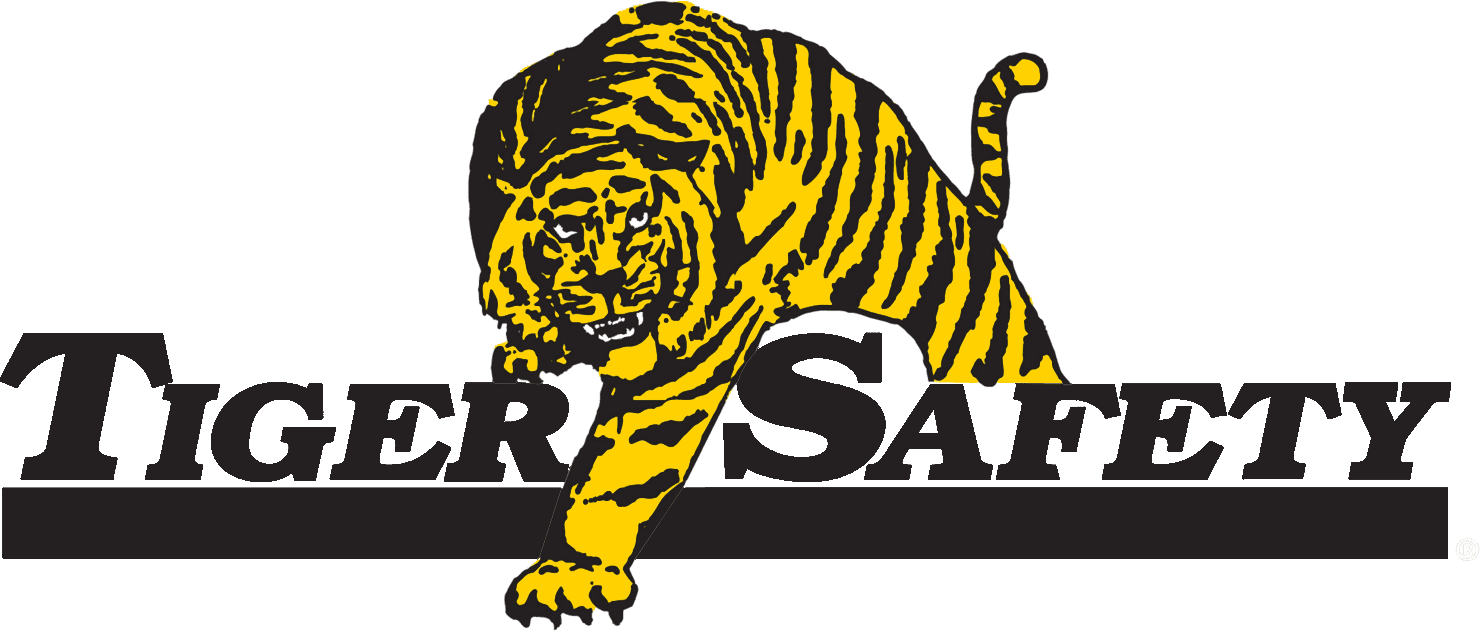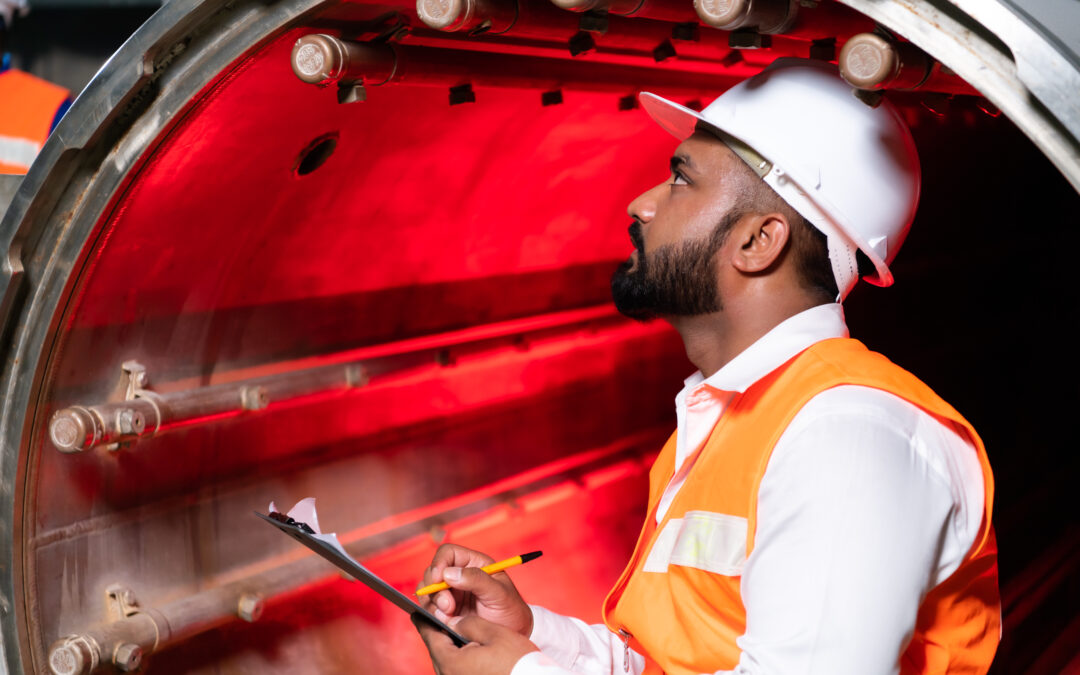Confined spaces are prevalent in the oil and gas industry, presenting unique hazards that require effective safety precautions to protect workers. These spaces can be found in various forms, such as storage tanks, pipelines, and vessels, posing unique challenges to the health and safety of employees who must enter and work in them. Recognizing the critical importance of confined space safety, Tiger Safety Rentals is committed to providing specialized safety services and equipment to oil and gas operators worldwide.
Confined spaces are typically defined as areas with limited access, poor ventilation, and the potential for the accumulation of hazardous gases or the presence of engulfment hazards. Due to their nature, working in confined spaces can expose workers to risks, including oxygen deficiency, toxic gases, flammable atmospheres, and physical hazards such as falls or entrapment. To protect personnel and maintain compliance with regulations like those set forth by the Occupational Safety and Health Administration (OSHA), oil and gas companies must develop and implement a comprehensive confined space safety program.
The implementation of an effective confined space safety program involves hazard identification, entry permits, proper training, communication protocols, and the use of appropriate safety equipment. Companies should conduct thorough audits of their worksites to identify potential confined spaces, assess the associated hazards, and designate each space accordingly. By adopting a proactive approach to confined space safety, oil and gas operations can mitigate risks to personnel, ensure compliance with industry standards, and contribute to an overall culture of safety.
If your oil and gas company is looking to enhance its confined space safety program, Tiger Safety Rentals is here to help by providing the latest safety equipment, training resources, and support.
Strategies for Enhancing Confined Space Safety
1. Hazard Identification and Classification
The first step in enhancing confined space safety is the identification and classification of confined spaces at the worksite. Conduct site audits to determine the presence of confined spaces and classify them based on the hazards they present. OSHA defines confined spaces as permit-required or non-permit-required, depending on the specific dangers they pose. Categorizing confined spaces properly ensures that appropriate protocols are followed for each space.
2. Entry Permit System
Implement a permitting system to regulate access to permit-required confined spaces, ensuring that only trained and authorized personnel may enter. An entry permit should include information such as the nature of the work, hazard assessment, necessary safety precautions, and a record of personnel entering the space. The permit system serves as an essential administrative layer of protection, ensuring that all safety requirements are fulfilled before entry.
3. Training and Competency
Ensure that personnel who may enter or work in confined spaces receive adequate training. Training should cover topics such as hazard identification, safe work practices, use of safety equipment, and emergency procedures. Periodic refresher training and competency assessments are necessary to maintain a high level of preparedness among employees.
4. Safety Equipment and Personal Protective Equipment (PPE)
Equip workers with the necessary safety equipment and PPE when entering confined spaces. This may include gas detectors, ventilation equipment, fall protection gear, and appropriate respiratory protection. Regularly maintain and inspect safety equipment to ensure optimal functionality and reliability.
5. Communication and Monitoring
Maintain a robust communication system for confined space work, ensuring that entrants, attendants, and supervisors can communicate effectively during operations. Monitoring equipment, such as gas detectors and alarms, should be in place to promptly detect dangerous atmospheres and trigger emergency procedures if necessary.
6. Emergency Planning and Rescue
Develop a clear emergency plan for confined space incidents, outlining the steps to be taken in case of an emergency, such as evacuations, rescues, and first aid. Ensure that rescue personnel are adequately trained and equipped and that response times are minimized through strategic planning.
Incorporating Best Practices for Confined Space Safety
1. Engage a Multi-disciplinary Team
Successfully implementing confined space safety in the oil and gas industry requires a multi-disciplinary approach. Involve personnel from various departments, such as safety professionals, engineers, and field personnel, to ensure that all perspectives are represented and that safety protocols are comprehensive and practical.
2. Foster a Safety Culture
Promote a strong safety culture that encourages communication and learning. Encourage workers to identify hazards, report incidents, and participate in safety assessments. Recognize and reward safe behaviors to further encourage adherence to safety protocols.
3. Stay Informed of Industry Developments
Stay up-to-date with the latest advancements in safety technology, best practices, and regulatory changes. Continual improvement of confined space safety programs should reflect the ever-evolving nature of the oil and gas industry.
Conclusion
Confined space safety is a crucial aspect of the oil and gas industry, and companies must execute comprehensive safety programs to protect their workers and maintain regulatory compliance. By following the strategies and best practices discussed, operations can mitigate risks, foster a safety-driven culture, and enhance overall workplace safety. Tiger Safety Rentals is ready to be your partner in the pursuit of excellence in confined space safety, providing specialized safety rental equipment and services tailored to your unique needs.

